You’ve probably seen the OEKO-TEX® label on clothing, bedding, or baby gear and assumed it meant “safe” or “non-toxic.” And to be fair, it kind of does. But like most things in the wellness space, there’s more to the story—and it’s worth understanding before you fill your cart and call it a conscious purchase.
Let’s break down what OEKO-TEX® actually means (and what it doesn’t), so you can shop smarter, not just safer.
First off, what is OEKO-TEX®?
OEKO-TEX® isn’t a single certification—it’s an entire framework of testing and labeling systems designed to evaluate textile safety, sustainability, and supply chain ethics. The two most common certifications you’ll see are STANDARD 100 and MADE IN GREEN.
STANDARD 100 tests every component of a textile product (down to zippers and threads) for over 1,000 harmful substances. It’s a solid marker for products that are safe for skin contact.
MADE IN GREEN goes a step further by combining STANDARD 100 with ethical and eco-conscious manufacturing practices—plus full product traceability, so you know where your item came from and how it was made.
Other OEKO-TEX® labels exist (like ORGANIC COTTON or LEATHER STANDARD), but these two are the ones you’ll run into most often—especially in clothing, bedding, and baby gear.
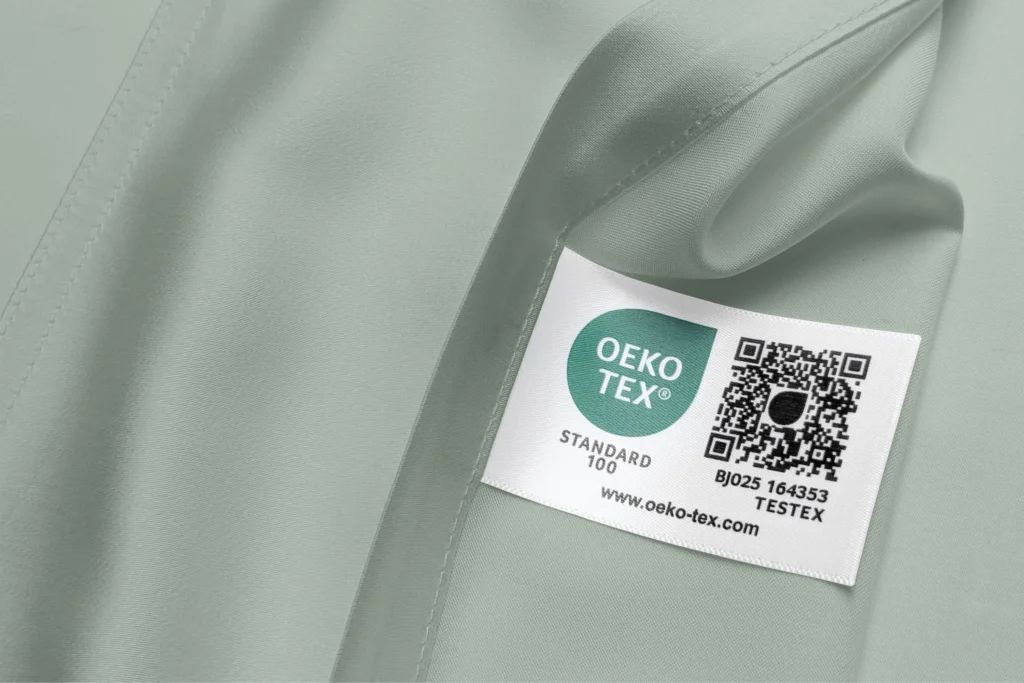
What does STANDARD 100 actually test for?
OEKO-TEX® STANDARD 100 covers over 1,000 substances that are known—or suspected—to be harmful to human health. That includes both regulated and non-regulated chemicals. Think of it as a safety screen for:
Formaldehyde
Azo dyes
Pesticides
Heavy metals (like lead and cadmium)
Chlorinated phenols
Phthalates (plasticizers)
Flame retardants
And other common irritants or endocrine disruptors
It’s one of the most widely recognized textile certifications in the world, and it’s updated annually to reflect the latest scientific findings and global safety regulations. If a product has the STANDARD 100 label, every component—fabric, buttons, stitching, labels—has passed the test.
Here’s what OEKO-TEX® doesn’t cover:
Let’s set the record straight—just because something is OEKO-TEX® certified doesn’t mean it’s free from other environmental or health red flags. That polyester bodysuit from Amazon? It might have the tag. But…
- It can still shed microplastics.
OEKO-TEX® doesn’t test for fiber shedding, which means it has zero say in whether your clothing pollutes waterways or your skin with synthetic particles. - It can still be made from synthetic materials.
A 100% polyester piece—aka plastic—can still pass OEKO-TEX® testing. It just means those plastics don’t contain specific regulated toxins. - It says nothing about sustainability or biodegradability.
OEKO-TEX® doesn’t certify a garment as eco-friendly. It only tells you what’s not in the product—not where it came from, how it was made, or how long it’ll take to break down in a landfill. - It doesn’t cover labor or ethics.
No guarantees on fair wages, ethical working conditions, or supply chain transparency.
So… is OEKO-TEX® good or not?
Honestly, it’s a decent baseline—especially for baby clothes, underwear, bedding, and anything that sits directly on your skin. It’s better than buying without any info at all. But it’s not the whole picture.
If your goal is to avoid skin irritation and common chemical offenders, OEKO-TEX® is helpful.
If your goal is to eliminate synthetic exposure, avoid microplastics, and support truly clean clothing… you’ll need to go deeper.
The Hive’s Cheat Sheet for Buying Better Clothes:
We’re not here to tell you to burn your wardrobe. But if you’re trying to shop cleaner, smarter, and less like a fast fashion zombie, here’s where to start:
- Prioritize natural fibers. Think: organic cotton, linen, wool, hemp, silk. These shed less, breathe better, have higher frequencies, and don’t release plastic particles every time you wash them.
- Look for GOTS or organic certifications. GOTS (Global Organic Textile Standard) goes a step beyond OEKO-TEX—covering environmental impact, fair labor, and truly organic materials.
- Avoid polyester, nylon, and acrylic when you can. Even recycled poly can shed microplastics. Save synthetics for rare cases (like outerwear), not your everyday staples.
- Choose brands that disclose it all. The ones that are actually doing it right won’t gatekeep. They’ll tell you where their materials are from, who’s making them, and what they’re treated with—no fluffy marketing copy required.
Final Word
OEKO-TEX® is not a scam. But it’s not the final word on non-toxic fashion either. It’s a helpful starting point in a much larger conversation about what we put on our bodies—and how much of it is just plastic in disguise.
At The Hive, we don’t take labels at face value. We filter the noise, ask better questions, and share the truth—so you can make decisions that feel good and do good.
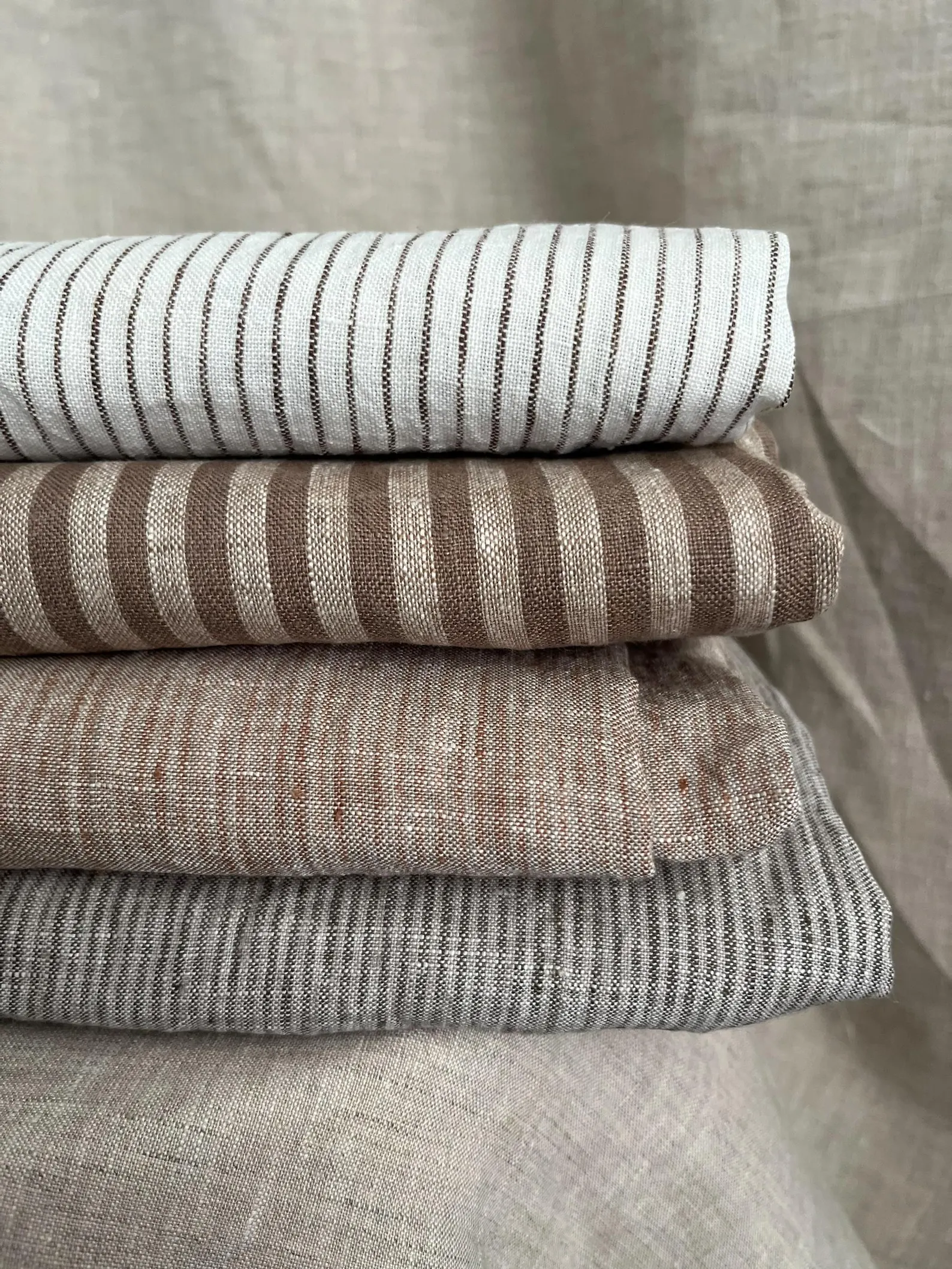
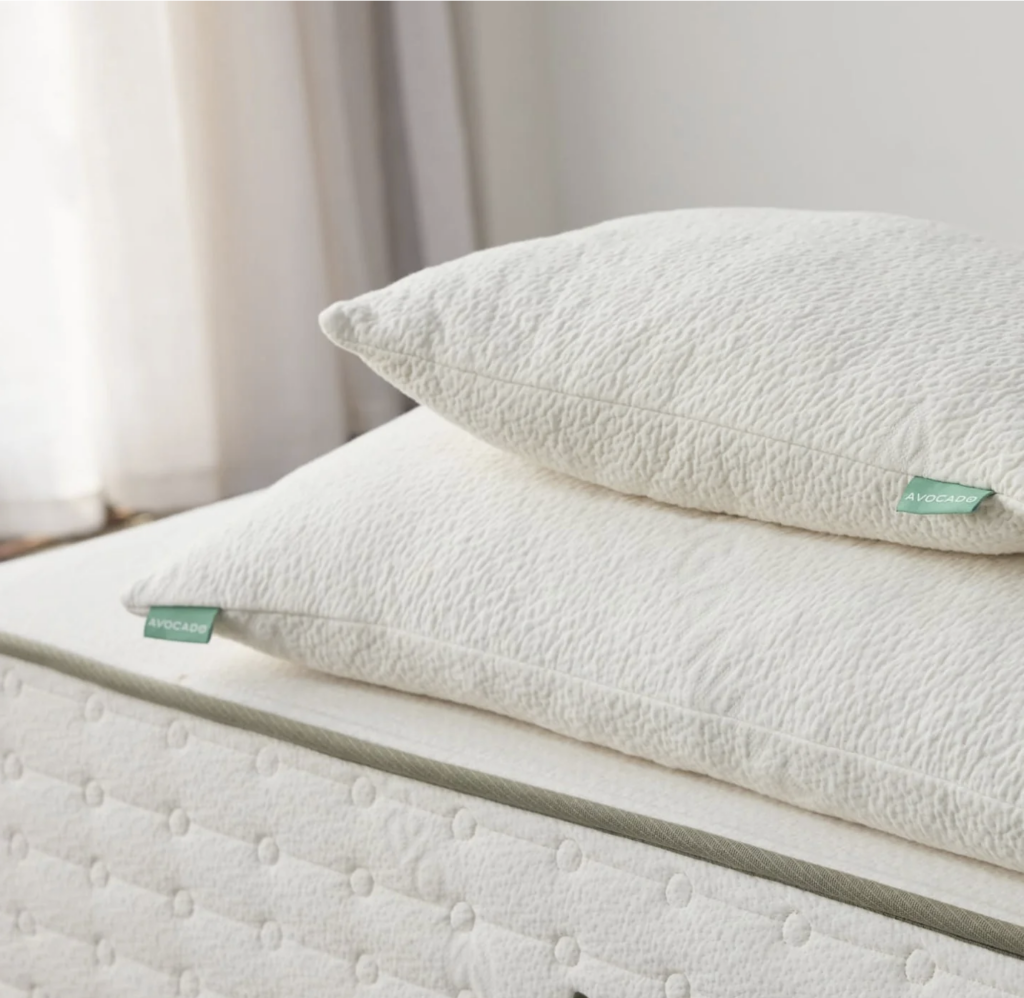
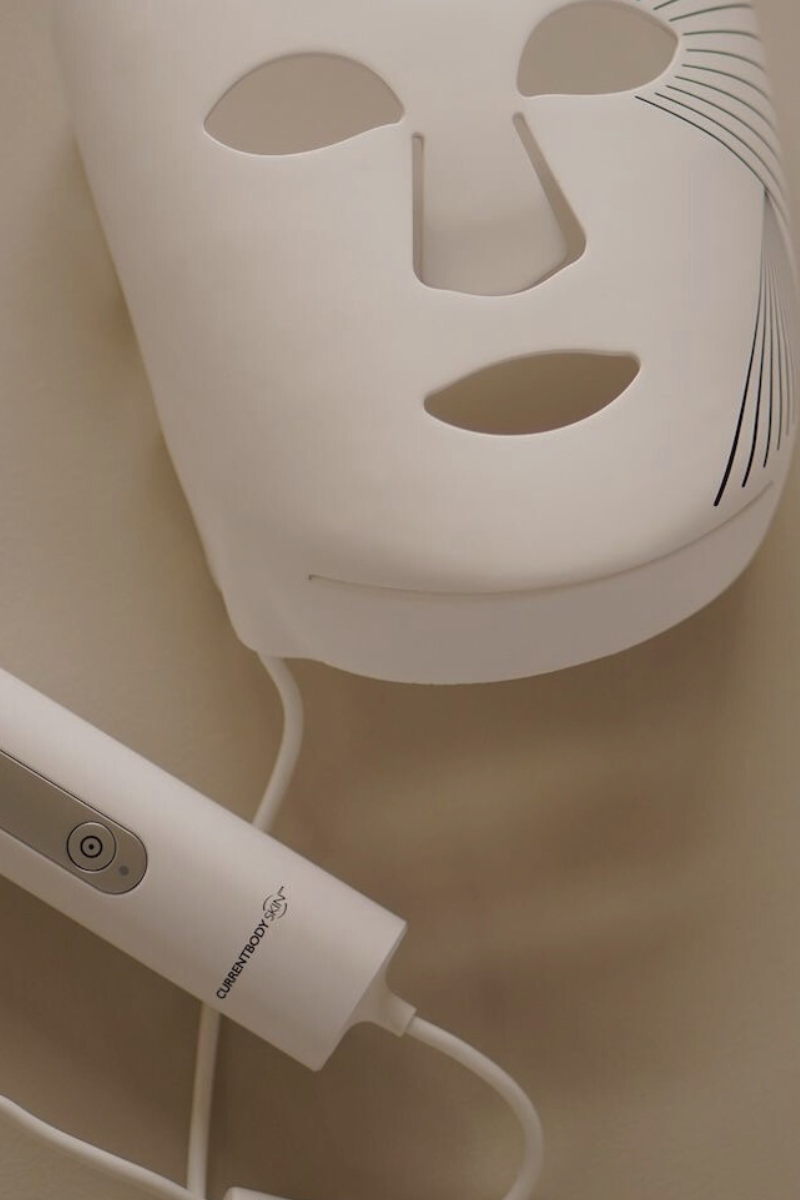

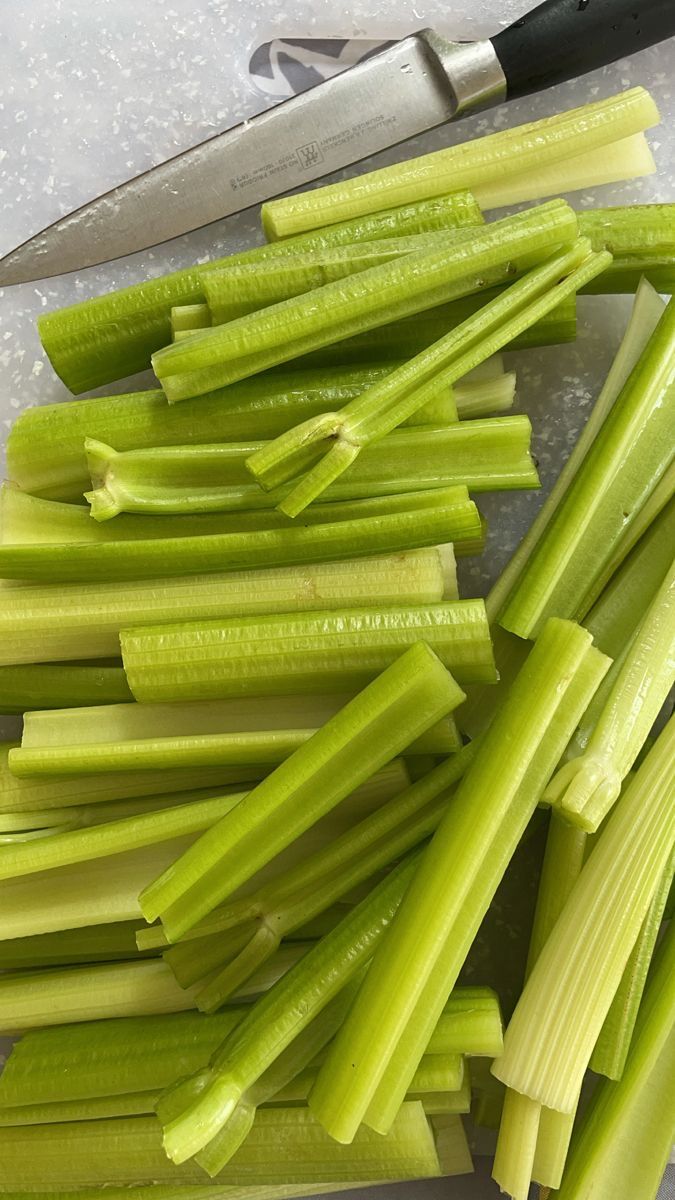
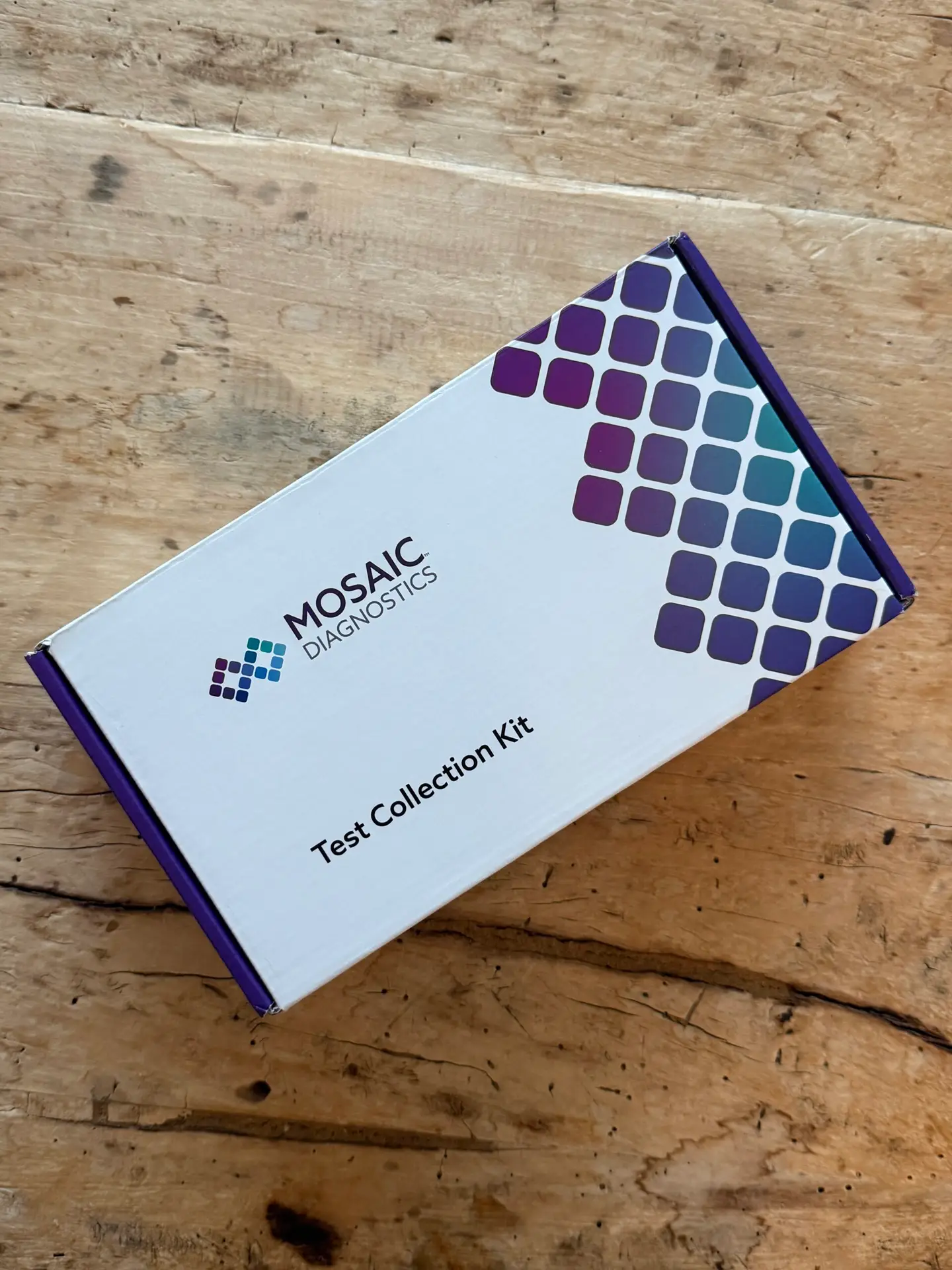
Comments +